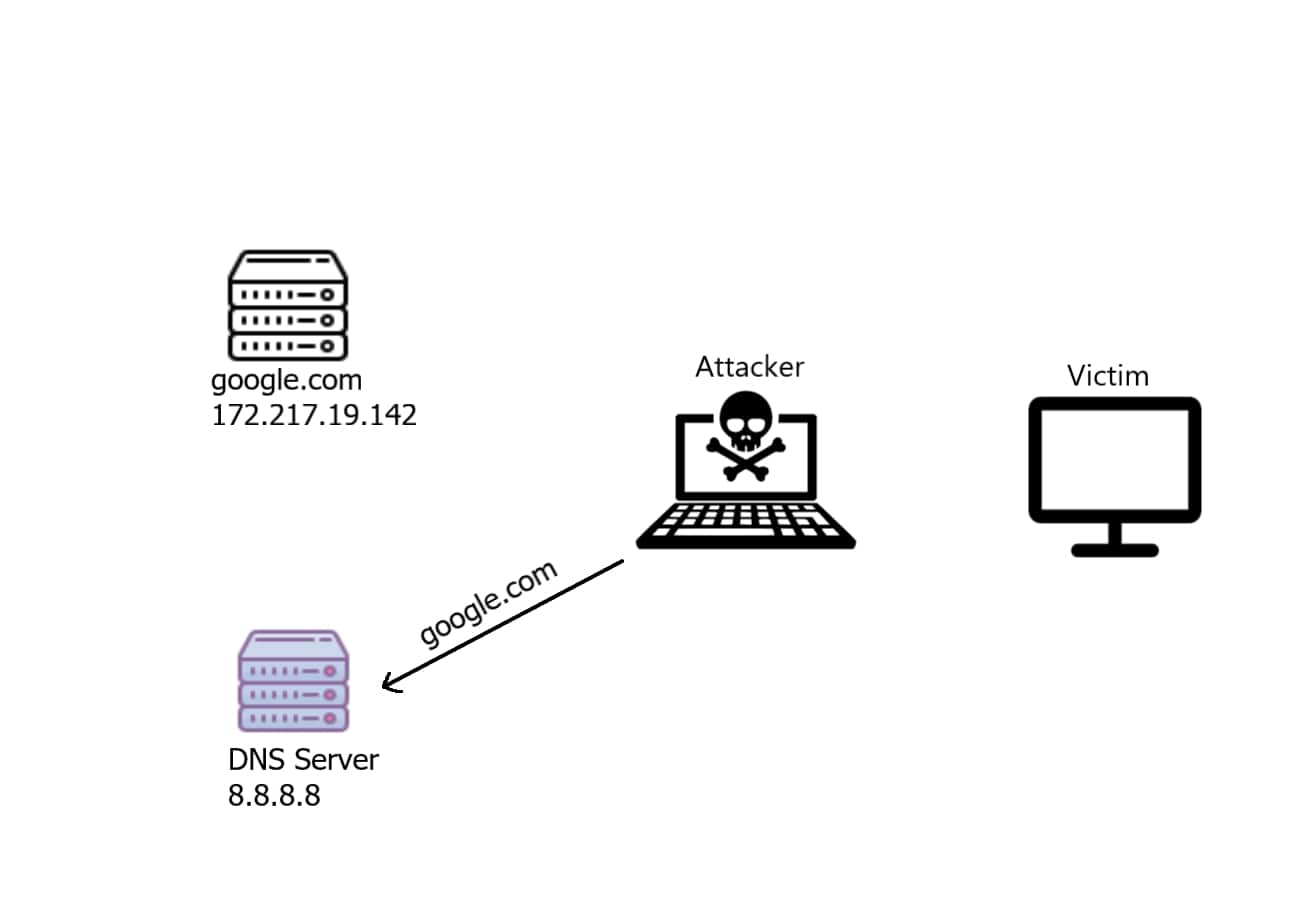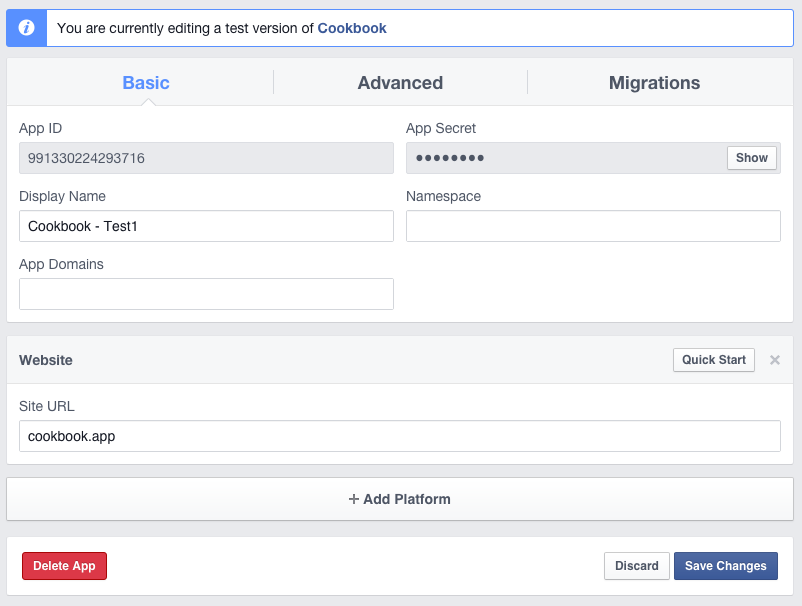All the full source code of the application will be given below. Welcome folks today in this post we will be building a student registration and login management system using mysql database in tkinter. All the full source code of the application is shown below. How to make a login page in python Tkinter with the database. Firstly we will import all the necessary modules. Then we will make the main window and inside the main window.
The main two button one for the login system and another for creating an account. After that, we will make their function to command our buttons. Os.supports_fd¶A set object indicating which functions in theos module permit specifying their path parameter as an open file descriptor on the local platform. A complete website needs a bit more than just a dashboard. Luckily, Django has a lot of user management–related resources that'll take care of almost everything, including login, logout, password change, and password reset.
Templates aren't part of those resources, though. Now we will design a new screen for registration. That means if a user press register button on main screen then a new window will appear where users have to enter username and password.
In Python, file names, command line arguments, and environment variables are represented using the string type. On some systems, decoding these strings to and from bytes is necessary before passing them to the operating system. Python uses the filesystem encoding and error handler to perform this conversion (see sys.getfilesystemencoding()).
In this tutorial i will teach you to create a Login form where user can register themselves and can login. Registration and Login requires everywhere, either you are filling any form or want to access any application. So in this tutorial we will see how to implement user registration and login in python. The file descriptors supports raw read() and write() with a buffer size of 8,select(), poll() and similar.
By default, the new file descriptor is non-inheritable. If the function also supports dir_fd or follow_symlinks arguments, it's an error to specify one of those when supplying path as a file descriptor. ¶Read from a file descriptor fd at a position of offset into mutablebytes-like objects buffers, leaving the file offset unchanged. Transfer data into each buffer until it is full and then move on to the next buffer in the sequence to hold the rest of the data. According to the error message, Django can't find a path for accounts/profile/, which is the default destination for your users after a successful login. Instead of creating a new view, it would make more sense to reuse the dashboard view here.
Hello coders, in this post we will learn to create the login system which can be used for user or admin login by using username and password. And now we will finally test our registration process. So fill the username and password field in register form and press register button. You will find, aRegistration Successmessage on screen. You've successfully created your own login and registration system with Python Flask and MySQL. You're free to use the source code from this tutorial in your application.
This new account is stored as part of your Firebase project, and can be used to identify a user across every app in your project, regardless of how the user signs in. This coding is with GUI interaction in Python unlike the last code. Here we are working with a login system where all the data is automatically stored in our database MySQL. For using MySQL we are using an external module named 'mysql.connector'.
One part of the code also deals with Exceptional Handling. Actually I am creating a database using different Exceptions. You can also manually create your database but I considered about the worst case possible that is the reason of using Exceptional Handling.
It will create a database name 'login' and a table name 'main' inside the database if it doesn't exist. A file descriptor has an "inheritable" flag which indicates if the file descriptor can be inherited by child processes. Since Python 3.4, file descriptors created by Python are non-inheritable by default. ¶Write the buffers contents to file descriptor fd at a offset offset, leaving the file offset unchanged. Buffers must be a sequence ofbytes-like objects.
Entire contents of the first buffer is written before proceeding to the second, and so on. ¶Write the bytestring in str to file descriptor fd at position ofoffset, leaving the file offset unchanged. This function is intended for low-level I/O and must be applied to a file descriptor as returned by os.open() or pipe(). To close a "file object" returned by the built-in function open() or by popen() orfdopen(), use its close() method. If you finished the first part of this series, then you may already have a lot of ideas for your own Django applications.
At some point, you might decide to extend them with user accounts. In this step-by-step tutorial, you'll learn how to work with Django user management and add it to your program. Python GUI LoginSo, as user clicks register button on main window then a new screen will be appear where user have to enter their entry. In the child, the new child's process id in the parent, and fd is the file descriptor of the master end of the pseudo-terminal.
For a more portable approach, use thepty module. For execve() on some platforms, path may also be specified as an open file descriptor. This functionality may not be supported on your platform; you can check whether or not it is available using os.supports_fd. If it is unavailable, using it will raise a NotImplementedError. This function can support specifying a file descriptor,paths relative to directory descriptors and not following symlinks. You can check whether or not path can be specified as a file descriptor for a particular function on your platform using os.supports_fd.
If this functionality is unavailable, using it will raise aNotImplementedError. On UNIX, non-inheritable file descriptors are closed in child processes at the execution of a new program, other file descriptors are inherited. ¶Read at most n bytes from file descriptor fd at a position of offset, leaving the file offset unchanged.
¶Return an open file object connected to the file descriptor fd. This is an alias of the open() built-in function and accepts the same arguments. The only difference is that the first argument of fdopen() must always be an integer. All functions accepting path or file names accept both bytes and string objects, and result in an object of the same type, if a path or file name is returned. Most user management systems have some sort of main page, usually known as a dashboard.
For this, we have to create a function login_user in the views.py file of the app directory. After we've created the Django app, we'll need to install a Django app. To do so, go to your project directory and open the settings.py file.
Now, in INSTALLED_APPS, type the name of your application. The above code will create the profile route and retrieve all the account details from the database, but only if the user is logged-in. This is the main function where the Entry will be check if there is a user exist in the database, after login correctly a new window will pop up.
To do that just simply copy the code below then paste it inside the IDLE text editor. Then, in the do_admin_login function we get the user's input from the web form, hash their password, and verify it against the hashed password in our database. If this returns true, the user is now logged in and redirects to index.html .
Pure Python projects are intended for Python programming. A project helps you organize your source code, tests, libraries that you use, and your personal settings in a single unit. In case, you don't need a project, you can edit your file in the LightEdit mode.
In this article, you have been able to build a web application that logs users in and also logs users out using two interesting technologies, Flask and Fauna. The source code for this project is available on GitHub If you find this article interesting please do share it with your friends and colleagues. You can reach out to me via Twitter if you have any questions. The with block is a feature of jinja which is the Flask template engine. The with block here is used for flashing messages to the user like signup success message, error message by the user, etc. In the server, we will use the flash function in Flask, and if that code block is seen it will display it in the browser because we have added it to our HTML file.
The "v" variants are good when the number of parameters is variable, with the arguments being passed in a list or tuple as the args parameter. In either case, the arguments to the child process must start with the name of the command being run. ¶Return a file descriptor referring to the process pid. This descriptor can be used to perform process management without races and signals. The flagsargument is provided for future extensions; no flag values are currently defined. The "v" variants are good when the number of parameters is variable, with the arguments being passed in a list or tuple as the argsparameter.
In either case, the arguments to the child process should start with the name of the command being run, but this is not enforced. Added the dir_fd and follow_symlinks arguments, specifying a file descriptor instead of a path. Will disable following all name-surrogate reparse points, which includes symlinks and directory junctions. Other types of reparse points that do not resemble links or that the operating system is unable to follow will be opened directly.
When following a chain of multiple links, this may result in the original link being returned instead of the non-link that prevented full traversal. To obtain stat results for the final path in this case, use theos.path.realpath() function to resolve the path name as far as possible and call lstat() on the result. This does not apply to dangling symlinks or junction points, which will raise the usual exceptions. The mode parameter is passed to mkdir() for creating the leaf directory; see the mkdir() description for how it is interpreted.
To set the file permission bits of any newly-created parent directories you can set the umask before invoking makedirs(). The file permission bits of existing parent directories are not changed. Added support for specifying path as an open file descriptor, and the dir_fd and follow_symlinks arguments. ¶Write the contents of buffers to file descriptor fd. Buffers must be a sequence of bytes-like objects. ¶Read from a file descriptor fd into a number of mutable bytes-like objects buffers.
File descriptors are small integers corresponding to a file that has been opened by the current process. For example, standard input is usually file descriptor 0, standard output is 1, and standard error is 2. Further files opened by a process will then be assigned 3, 4, 5, and so forth. The name "file descriptor" is slightly deceptive; on Unix platforms, sockets and pipes are also referenced by file descriptors. This module provides a portable way of using operating system dependent functionality.
For creating temporary files and directories see the tempfilemodule, and for high-level file and directory handling see the shutilmodule. All this comes at last so put this, at last, here I am putting only to understand you better. So here we are making the main function for our login and create account button. In this code, We have to maintain some text configuration and welcome messages. This is the content of an email that would be sent to your admin.
It contains information about the application that sent it plus a password reset link. Now your users can log in, but they should also be able to log out. This process is more straightforward because there's no form—they just need to click a link. After that, Django will redirect your users to accounts/logout and will try to use a template called registration/logged_out.html. The line inserts a cross-site request forgery token, which is required by every Django form. There's also a button for submitting the form and, at the end of the template, a link that will take your users back to the dashboard.
Here for example we will set the user name as admin and password as admin123 which will be compared with the entered username and password for successful login. We will use mysql.connector library to establish a connection between Python project and MySQL workbench. Db is the object created using mysql.connector.connect class which stores all the information about databases such database name, password, and table name. Tkinter is one of the Python libraries which contains many functions for the development of graphic user interface pages and windows. Login pages are important for the development of any kind of mobile or web application.
This page is most essential for user authentication purposes. For this, we have to create a function logout_user in the views.py file of the app directory. We begin by defining the register function, which makes use of the request object. Django makes an HttpRequest when a page is requested.
In this case, we'll utilize the HTTP method Post to submit data to a server in order to create or update a resource. Now, enter the username and password and click on the login button. After successful login, you will redirect to the home page. The above code will select an account with the submitted username and password fields.



























